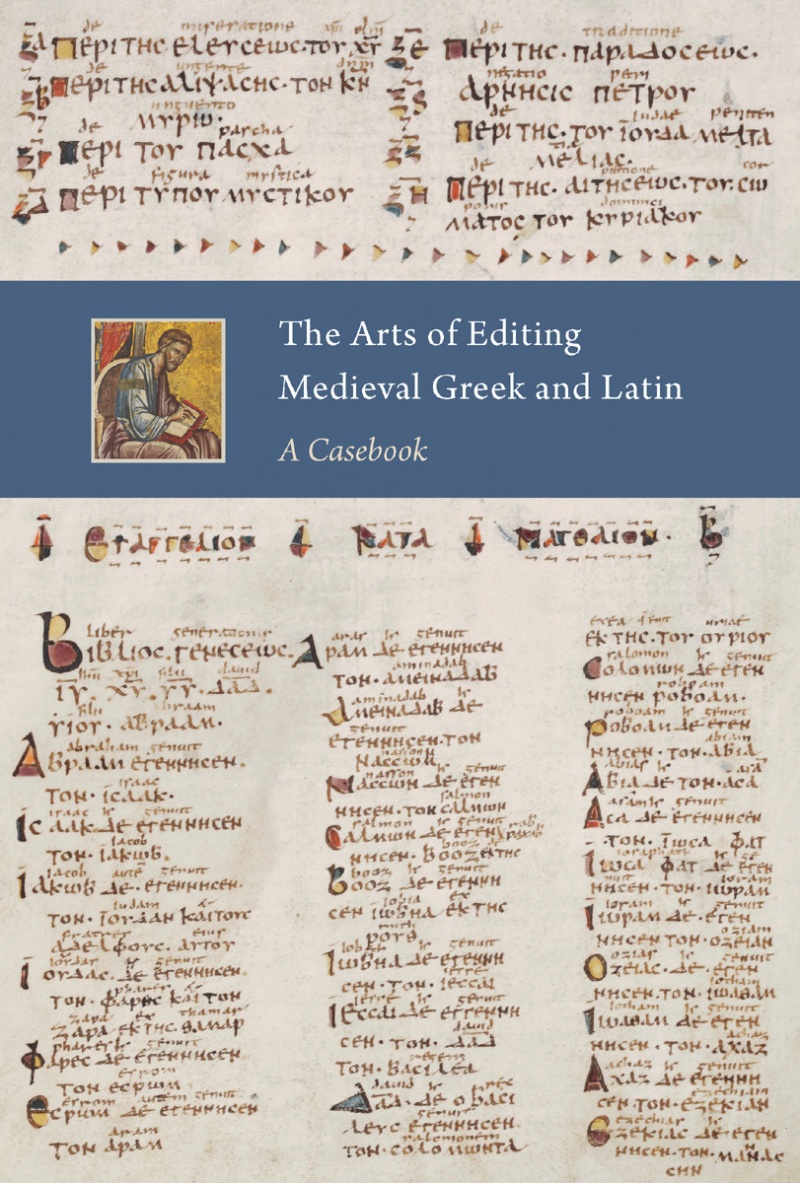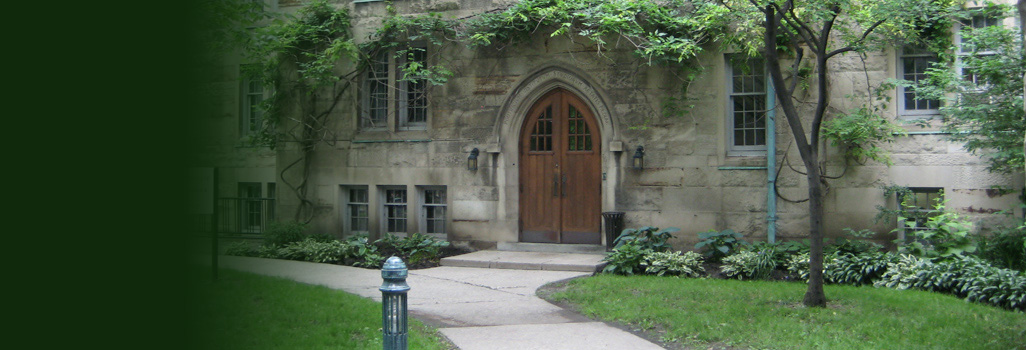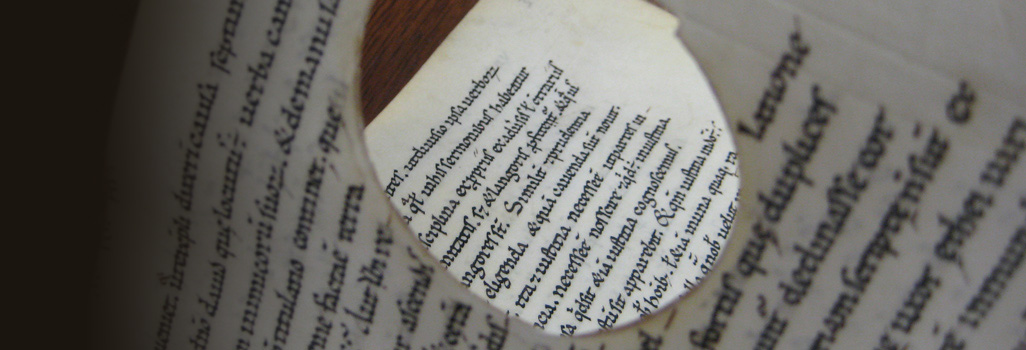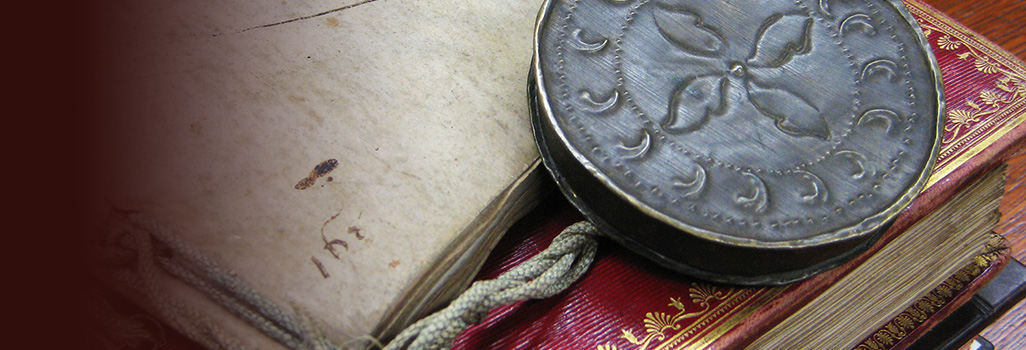
The Arts of Editing Medieval Greek and Latin: A Casebook
Studies and Texts 203. xx, 452 pp. 2016. ISBN 978-0-88844-203-1 • Cloth • $70
With the triumph of the codex, medieval literature became more deeply hermeneutic in character. A vast range of texts, in various languages and genres, were not only copied with the commentaries and glosses of ancient tradition, but also underwent continuous reworking and transformation. Indeed, the very act of transcribing texts into a manuscript was often an incentive to rewrite them. This practice resulted in a bewildering number of textual versions that lived alongside their originals, and sometimes displaced them, but were nevertheless fundamental to their transmission and interpretation, often resulting in complex textual layers.
All of them, from commentaries on biblical books, hymns, or sequences to texts for liturgical use with many local versions, from model sermon collections to florilegia and encyclopaedic works, came to encompass multiple paratextual and intermedial forms, be it in the guise of other texts or images or music, all with their own histories of transmission.
Despite the importance in the development of medieval thought and culture their widespread dissemination evinces, these works have remained largely unedited, or unavailable in reliable modern editions. One reason for this has surely been that they were seen as merely functional texts and regarded as less important than the canonical texts. Yet the sheer number of different versions also makes them resistant to traditional and well-established editorial protocols.
Issuing from Stockholm University's Ars edendi research programme (2008–2015), The Arts of Editing Medieval Greek and Latin draws together eighteen case studies covering typical medieval genres such as commentaries and glosses, liturgical texts, model sermons, and anthologies. Exploiting examples not typically discussed in manuals of textual criticism, these essays describe the challenges and opportunities in producing single-manuscript editions or editions involving large numbers of witnesses, editing different versions of the same author's text or anthologies containing the works of multiple authors, as well as in capturing stages of textual genesis and textual variability, relating text to image, and harnessing digital tools. A closing chapter seeks to trace common threads as well as differences, offering reflections on broader questions of editorial theory and practice.
Editors
Elisabet Göransson • Researcher in Latin at Lund University, Ars edendi fellow, and principal editor of this book project.
Gunilla Iversen • Professor and former Chair of Latin at Stockholm University and director of the Ars edendi programme.
Barbara Crostini • Associate Professor of Byzantine Greek at Uppsala University and Ars edendi fellow.
Brian M. Jensen • Associate Professor of Latin at Stockholm University and Ars edendi fellow.
Erika Kihlman • Associate Professor of Latin at Stockholm University and assistant director of the Ars edendi programme.
Eva Odelman • Professor of Latin at Stockholm University and Ars edendi fellow.
Denis Searby • Professor of Ancient Greek at Stockholm University and assistant director of the Ars edendi programme.
Contents
Preface • ix
Acknowledgments • xii
Abbreviations • xiv
Readers’ Guide • xv
Alexander Andrée • Editing the Gloss (later Glossa ordinaria) on the Gospel of John: A Structural Approach • 2
Theodora Antonopoulou • The Ancient Passion of St Clement of Ancyra: Preliminary Remarks on the Planned First Edition • 22
Alessandra Bucossi • The Use of an Apparatus Collationum Fontium in the Critical Edition of a Patristic Anthology • 34
Barbara Crostini • Editing a Greek Catena to the Psalter from a Single Illuminated Manuscript: Vaticanus graecus 752 • 54
Eric Cullhed • Editing Byzantine Scholarly Texts in Authorized Manuscripts: The Case of Eustathios of Thessalonike’s Parekbolai on the Odyssey • 72
Greti Dinkova-Bruun • On the Problem of Editing Versions: Peter Riga’s Euangelium • 96
Claes Gejrot • Original Value: On Diplomatics and Editorial Work • 122
Andrew Hicks • Editing Medieval Commentaries on Martianus Capella’s De nuptiis Philologiae et Mercurii: A Synopsis Traditionis • 138
Gunilla Iversen • Liturgical Lyrics in Many Local Versions: Text Edition of Tropes and Prosulas to the Gloria Chant in the Medieval Mass • 160
Brian M. Jensen • A Modified Diplomatic Edition of Lectionarium Placentinum • 198
Erika Kihlman • The “Representative Text”: Editing Sequence Commentaries • 218
Caroline Macé • Rules and Guidelines in Book Series and Their Impact on Scholarly Editions • 248
Eva Odelman • A “Semi-Critical” Edition of the Model Sermon Collection Sermones moralissimi de tempore by Nicolaus de Aquaevilla • 268
Sinéad O’Sullivan • Problems in Editing Glosses: A Case Study of Carolingian Glosses on Martianus Capella • 290
Filippomaria Pontani • Thoughts on Editing Greek Scholia: The Case of the Exegesis to the Odyssey • 312
Denis Searby • The Dicts and Sayings of Philosophers in the Digital Age • 338
Christina Thomsen Thörnqvist • Insignificant Errors of Great Importance: Some Notes on the Editing of Ancient and Medieval Latin Texts on Logic • 368
Staffan Wahlgren • Close to the Author – But How Close? Theodorus Metochites, Semeioseis gnomikai • 386
Elisabet Göransson • Connecting the Case Studies: Editorial Methods and the Editorial Circle Model • 400
Contributors • 430
Glossary • 435
Index of Manuscripts • 440
General Index • 445
Endorsements
“Anyone who has tried to edit a medieval Greek or Latin text knows that each work presents its own problems, and the standard guides are often far from helpful. How does one deal with traditions too contaminated to present a clear stemma? With works that are too long or that survive in too many witnesses to permit a full assessment of the tradition? With fluid or many-authored texts like glosses or scholia? With extracts, florilegia and anthologies? With documentary texts like wills and charters? The contributors to this volume have wrestled with these issues and many more, and they share what they have discovered. Readers will learn about West tables and their uses, what benefits online editions can (and can't) provide, what kinds of apparatus work best for what sorts of texts, and when a second-best edition may be better than none. Any would-be editor will benefit from these studies, and users of critical editions can learn a lot as well.” — Gregory Hays, University of Virginia
Reviews
“The Arts of Editing Medieval Greek and Latin: A Casebook is a collection of highly informative, insightful, and thought provoking essays, representing the cutting edge of today's editorial praxis. Its main strength is the breadth and depth of editorial reflection on a wide variety of medieval textual genres by and large neglected because they do not conform to the standard conception of an authored work. Together, the studies draw attention to the need for creative solutions to recover the textual legacy that is not easily situated in the culture of print. They definitely have the potential to inspire young and experienced editors alike to tackle atypical textual forms and, for this reason, they are worthy of a place on every textual scholar's desk.” — Zbigniew Izydorczyk, in Apocrypha (2018)
Ordering
Customers in North America please order through University of Toronto Press Distribution by phone (1-800-565-9523) or by email (utpbooks@utpress.utoronto.ca). If you would like to order through UTP Distribution using another method such as mail or fax, please click here for a full list of contact and ordering methods. PIMS books are also available on Amazon.ca (for Canadian customers) and Amazon.com (for customers in the U.S.).
Customers outside North America please order through Brepols Publishers. PIMS books are available through the Brepols online catalogue.


